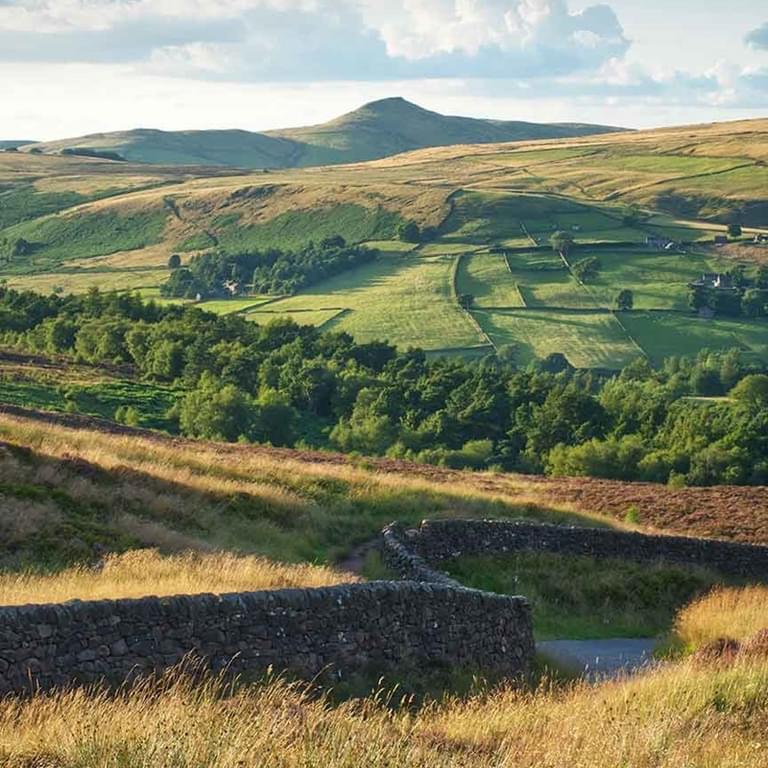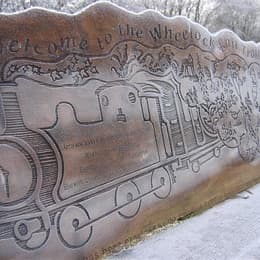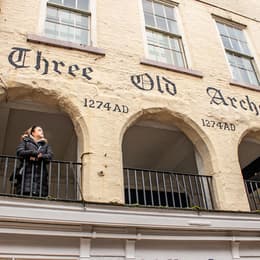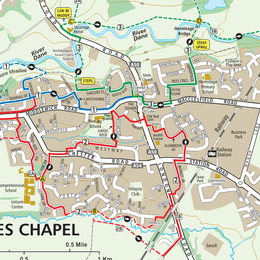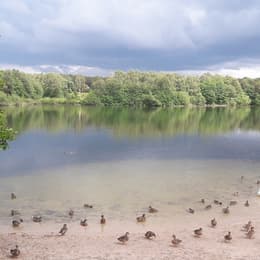- Home
- Trails
See & Do
Explore the Great Outdoors
Walk, Cycle & Ride Through Stunning Cheshire Landscapes
Brimming with breath taking scenery and dramatic landscapes Cheshire delights just about everybody.
Enjoy the Cheshire countryside and wildlife on foot, explore wild moorlands, walk rocky ridges or simply take in the spectacular views with hundreds of walks to suit all ages and abilities.
Prefer to pedal? Exploring the area by bike has never been easier, from canal towpaths and gentle inclines, to serious down-hills and awesome off-roading.
Or explore the abundance of bridleways, parks and open spaces where you can ride at your own pace and enjoy the serenity of the great outdoors.
Cheshire is full of country parks for your to relax in. Wander through wildflower meadows, sit and take in the views and discover your own oasis.




Advertisements
Trails

Fetching your results
This should only take a few moments...
3 Miles

2 Miles

3 Miles

1 Miles

1 Miles

25 Miles

12 Miles

16 Miles
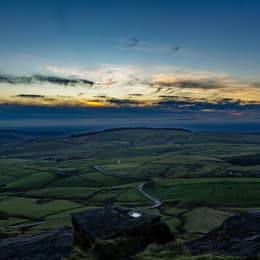
4 Miles
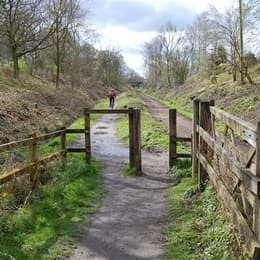
2.5 Miles


